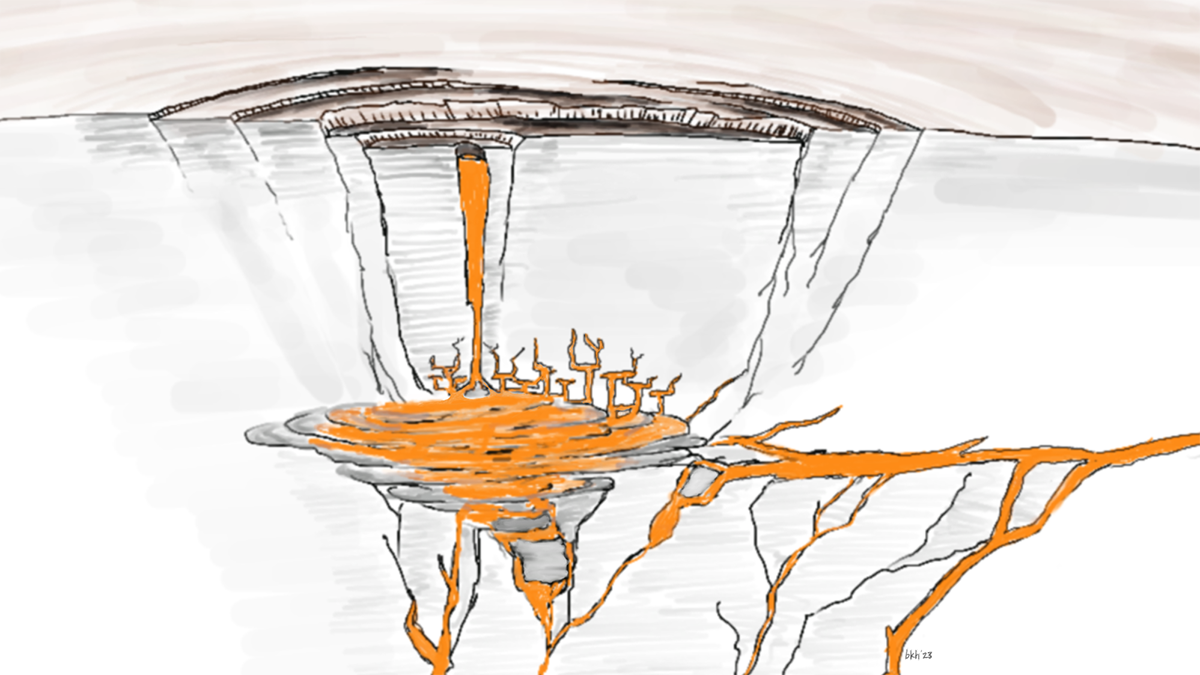La comunidad de geociencias y las agencias de seguridad nacional necesitan una comunicación efectiva y bidireccional para intercambiar información.
USGS
No Canadian Volcanoes Meet Monitoring Standards
A new analysis reveals serious monitoring gaps at even the highest-threat volcanoes.
Ignored Paths of Uranium Exposure Illuminated by Havasupai Tribe
An agency-tribal partnership is identifying exposure risks previously not considered in mining risk assessments.
Monitoring Polar Ice Change in the Twilight Zone
Landsat’s new extended data collection program is mapping Arctic and Antarctic regions year-round, even in polar twilight.
The United States Has an Updated Map of Earthquake Hazards
The new National Seismic Hazard Model shows where damaging earthquakes are likely to occur, informing public safety and infrastructure policies.
Bridging Gaps Between the Geosciences and National Security
The geoscience community and national security agencies need effective, two-way communication to exchange information.
Critical Minerals for a Carbon-Neutral Future
The Earth Mapping Resources Initiative is filling data gaps and fostering more holistic understanding of critical mineral resources in the United States using a novel mineral systems framework.
Frances Lightsom: Pivoting to Information Management
Frances Lightsom started her career as an oceanographer. Then she found delight in data.
Cee Nell: Making Data Visual
Nell turns vast columns of data into beautiful and understandable graphics.
Earth Is Noisy. Why Should Its Data Be Silent?
Combining visual and sonic representations of data can make science more accessible and help reveal subtle details. The recent decade-long eruption of Hawaii’s Kīlauea Volcano offers a prime example.










